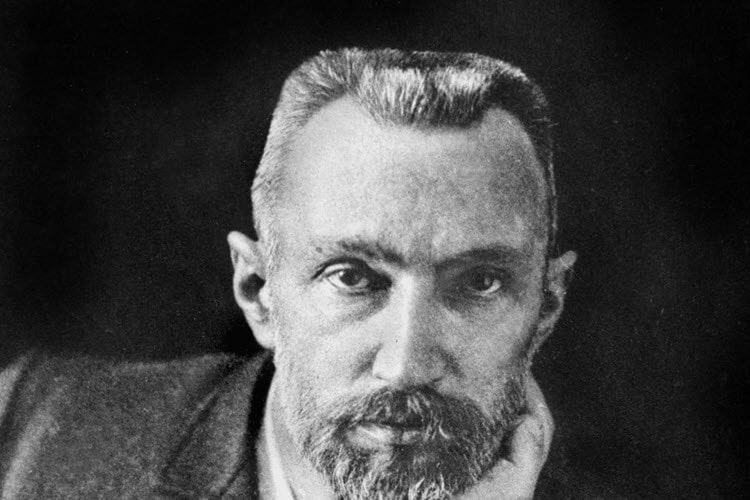Pierre Curie: Illuminating the Path of Scientific Discovery

Pierre Curie (15 May 1859 – 19 April 1906) was a French physicist. He was awarded the Nobel Prize in Physics in 1903.
Life and Career
He was born on 15 May 1859, in Paris, France. He received his early education at the municipal school in Paris, where he showed a great interest in science and mathematics. He then attended the Sorbonne in Paris, where he studied physics and mathematics. In 1878, Curie graduated with a degree in physics, and in 1880, he earned his doctorate in physics from the same institution.
In 1895, Curie, along with his wife Marie Curie, discovered the phenomenon of radioactivity while studying uranium compounds. They went on to discover two new elements, polonium, and radium, and for their work in this field, they were jointly awarded the Nobel Prize in Physics in 1903, along with Henri Becquerel.
In addition to his work on radioactivity, he made significant contributions to the study of magnetism and electricity. He developed a theory of magnetism that explained the relationship between magnetic properties and temperature. He also discovered the phenomenon of piezoelectricity, which occurs when a crystal generates an electric field in response to mechanical stress.
His work on magnetism and electricity laid the foundation for many important technologies, such as the electric motor. He also made important contributions to the study of crystallography, which is the study of the structure of crystals. Curie’s research in this field helped to explain the symmetry and other properties of crystals, and his work laid the foundation for the development of X-ray crystallography, which has been used to determine the structures of many important molecules, including DNA.
He died on 19 April 1906, in Paris, France.
Award and Legacy
He was awarded the Nobel Prize in Physics in 1903, along with Henri Becquerel.
He was posthumously awarded the Davy Medal by the Royal Society of London in 1908 for his contributions to the field of physics. In 1995, his name was added to the Eiffel Tower along with 71 other French scientists and engineers.
His legacy is significant. His work with his wife Marie paved the way for many future discoveries in the field of nuclear physics. The Curies’ research on radiation was instrumental in the development of X-rays and radiation therapy, which have saved countless lives.
Overall, Pierre Curie’s life and work have had a profound impact on the field of physics and his contributions will continue to be celebrated for many years.
Observer Voice is the one stop site for National, International news, Sports, Editor’s Choice, Art/culture contents, Quotes and much more. We also cover historical contents. Historical contents includes World History, Indian History, and what happened today. The website also covers Entertainment across the India and World.

